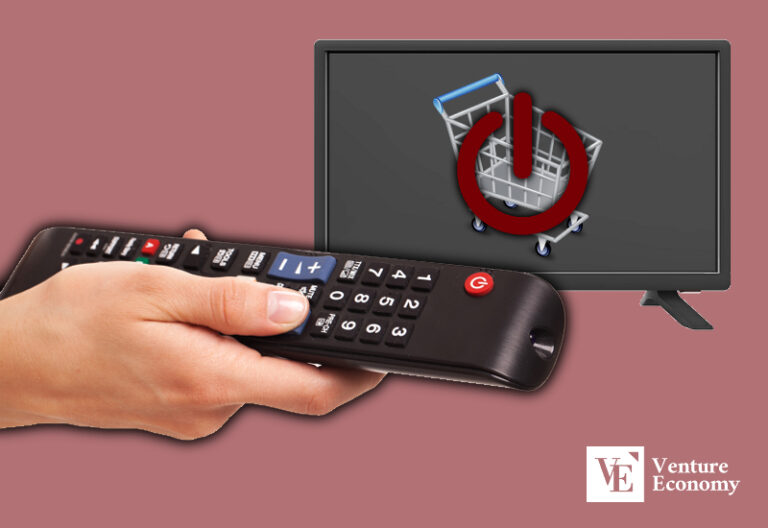Handpay has lost its place, will Lotte Card’s dream of ‘expanding biometric payments’ collapse?
Lotte Card's ambitious handpay product fails to be popularized due to consumer ignorance Due to lack of infrastructure, there is a low influx of consumers and a shortage of service franchises ‘Offline biometric payment’, which even Amazon is struggling with, is difficult to change customers’ minds

‘Hand Pay’, a simple payment system jointly developed by Lotte Card and Lotte Data Communication, is at risk of disappearing into the back of history. This is due to difficulties in securing infrastructure and promotion and failing to attract consumer attention. Lotte Card’s ambition to introduce handpay to 1,000 stores has long since collapsed. Currently, there is only one convenience store that is maintaining the legacy of handpay.
Handpay, barely able to breathe, the end is coming
HandPay is a biometric payment system using palm veins, and was developed by Lotte Card in 2017 using Palm Secure technology from Japanese information and communications company Fujitsu. It is characterized by identifying users using patterns such as the thickness, clarity, and shape of blood vessels, which are difficult to steal or copy. Unlike fingerprint recognition, it has the advantage of high convenience as there is no direct contact between the terminal and the customer’s skin.
Lotte Card had grand ambitions to install hand-pay terminals in over 1.000 major stores, including Lotte Department Store, Lotte Mart, and Lotteria, to foster a cutting-edge payment system at the group level. There were also expectations that handpay would be introduced at 5-Eleven, an affiliated convenience store brand, and that cigarettes and alcohol could be sold at unmanned convenience stores without an ID check process. However, five years after its introduction, the number of stores that introduced hand pay was only about 160 across the country.
According to Lotte Card, the only payment site that currently accepts handpay is the 7-Eleven Signature Tower branch located in Jung-gu, Seoul. It is no longer possible to recruit new HandPay users. This is because there is not a single self-registration machine or card center left where users can register their vein information. In the industry, there is a gloomy outlook that handpay will in fact be terminated in the near future.
“Inconvenient and useless” Limitations of handpay
‘Lack of infrastructure’ is cited as the fundamental reason why handpay services are neglected. In order to use handpay, consumers must visit the Lotte Card Center and directly register their biometric information. However, there were at most 10 Lotte Card Centers in Seoul where palm veins could be registered. In fact, consumers living outside of Seoul did not even have the opportunity to access the handpay service.
There was also a severe shortage of merchants that accepted handpay. The industry believes that the cost issue of installing new handpay-only terminals has been a hindrance. The price of biometric authentication terminals is relatively cheap at hundreds of thousands of won, but considering the cost of installing additional terminals, the burden on store owners is significant. Under the Credit Finance Business Act, it is virtually impossible for Lotte, the developer of Hand Pay, to support the payment.
The lack of handpay merchants served as a fundamental barrier to the inflow of consumers. This is because users who registered HandPay out of curiosity lacked opportunities to actually use the service. Some consumers who successfully used the service decided that there was no significant ‘merit’ to handpay compared to existing payment systems, so they turned their backs on it one after another. As time passed, even consumers’ temporary curiosity about the new service cooled, and handpay was forgotten.
Introducing a biometric authentication payment system is a difficult business that even the global company Amazon is facing difficulties. Amazon developed ‘Amazon One’, an authentication service based on vein authentication, similar to handpay. However, currently, Amazon One’s users are limited to affiliated companies such as Amazon Go, an unmanned offline store, and Whole Foods, an organic grocery retail chain acquired by Amazon. In the industry, there is an analysis that Lotte Card and Amazon have effectively failed to change consumers’ already entrenched ‘behavioral patterns (card, cash payments, etc.)’.









 네이버계정으로 로그인하기
네이버계정으로 로그인하기
 카카오톡 계정으로 로그인하기
카카오톡 계정으로 로그인하기
